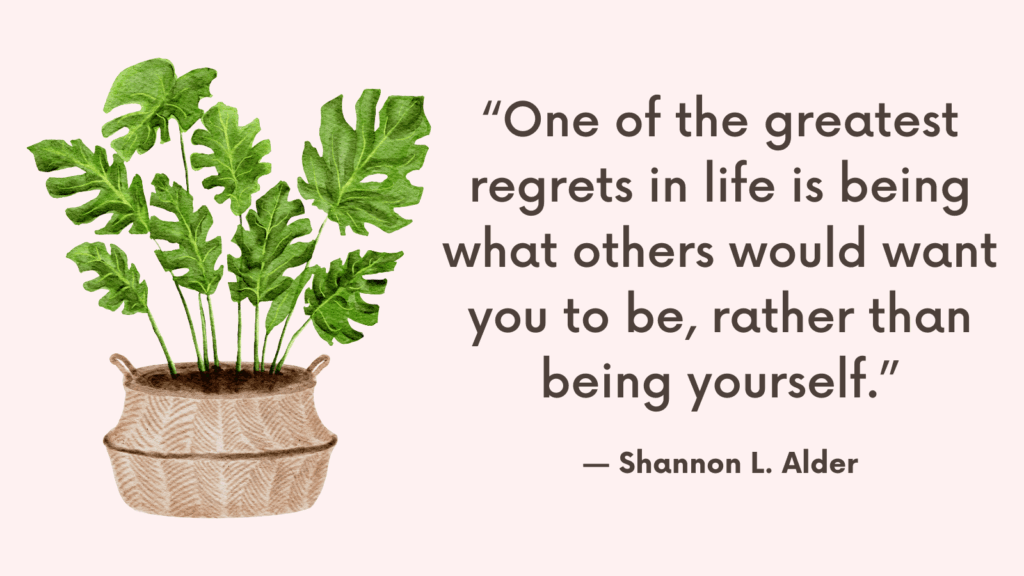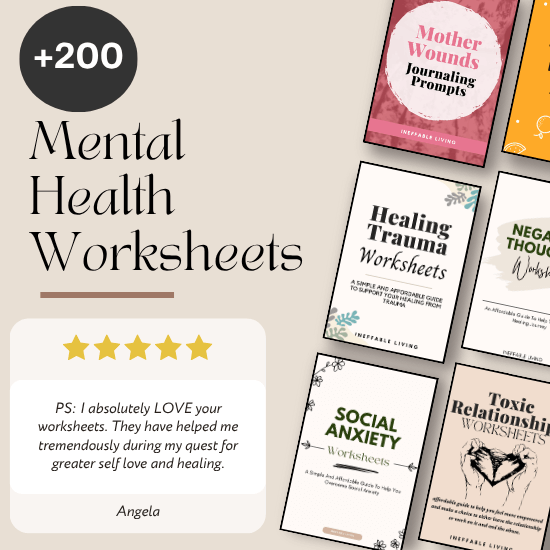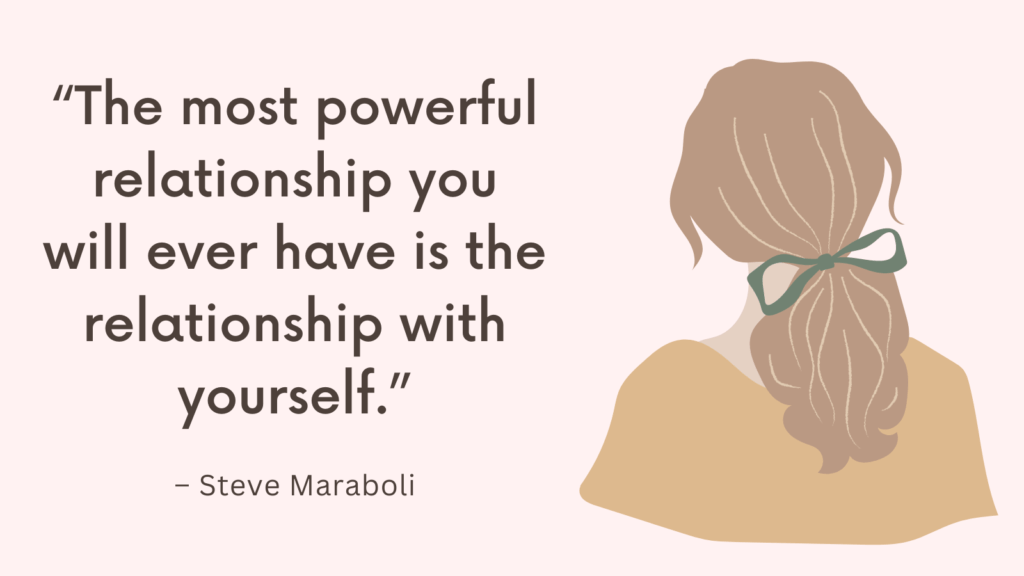Confidence isn’t something you either have or don’t — it’s something you build through repeated action, self-awareness, and practice. But in moments where doubt takes over, “faking” confidence can be a powerful bridge to real self-assurance. This doesn’t mean being inauthentic or pretending to be someone you’re not — it means behaving as if you believe in yourself, long enough for your mind and body to catch up. Here’s how to do it effectively and with integrity.
Why “Faking It” Works—If You Do It Right
“Faking” confidence doesn’t mean lying about who you are—it means borrowing behaviors that reflect how you want to feel, until your nervous system catches up. It works because:
- The brain responds to behavior, not just thought—acting differently can shift belief
- Repetition builds comfort, which builds confidence
- Small wins reinforce your ability to show up, even when nervous
- People respond to your projected calm, creating safer feedback loops
- Over time, “faking” becomes authentic alignment—not performance
It’s not pretending—it’s practicing.
How to Fake Confidence Until It Feels Real?
1. Adjust Your Body Before Your Mind Catches Up
Stand tall, roll your shoulders back, and hold your head high. Even if you feel uncertain inside, your posture tells your nervous system (and others) a different story. Movement creates feedback. The more you act like you belong, the more your brain starts to believe it.
Related: How Confident Am I Quiz (+Best 13 Tips on How to Carry Yourself with Confidence)
2. Speak a Little Slower and a Little Louder
People who are confident don’t rush to get their words out. Try slowing your pace, articulating clearly, and allowing brief pauses. This not only makes you sound more self-assured — it gives you time to think and breathe.
3. Start with One Bold Action
You don’t have to transform overnight. Start by doing one thing you’d normally avoid because of self-doubt — speak up in a meeting, introduce yourself, share your opinion. Taking action in the presence of fear is how confidence is built.
4. Use Anchor Phrases That Ground You
Create one or two short statements that you can repeat when nerves rise. For example:
“I don’t need to be perfect to be respected.”
“I can handle this moment.”
These phrases re-center you and interrupt anxious thoughts with calm, grounded language.
Related: Best 21 Self Confidence Exercises For Adults
5. Prepare, Then Let Go
Confidence isn’t about knowing everything — it’s about trusting you’ll handle whatever comes. Prepare for what you can, but let go of the need to control every outcome. Confidence grows when you survive imperfect moments and realize you’re still okay.
6. Imagine How You Would Act If You Believed in Yourself
Ask yourself: If I were confident, what would I do right now? Then do that — even if it feels awkward. Stepping into that version of yourself helps build the neural pathways and habits that real confidence is made of.
7. Dress in a Way That Feels Like You
Wear something that makes you feel comfortable, powerful, or aligned with how you want to be seen. You don’t need to impress anyone — you just need to feel good in your own skin. That quiet self-alignment reads as confidence.
8. Stop Waiting to Feel Ready
Confidence isn’t the starting point — it’s often the result of showing up scared and doing it anyway. If you wait to feel fearless, you might never begin. Starting before you feel ready is often the fastest path to growing into readiness.
Related: 21-Day Confidence Challenge
9. Practice in Private First
Try role-playing difficult conversations, rehearsing speeches out loud, or practicing eye contact in the mirror. These low-stakes rehearsals help desensitize fear and build muscle memory for confidence in real-life situations.
10. Remember That Everyone Is Faking It Sometimes
The people you admire most — the ones who seem effortlessly confident — have likely had their own insecure beginnings. They didn’t start confident. They started, period. And kept going. You can, too.
Related: Top 9 Confident Personality Traits

Conclusion
Faking confidence doesn’t mean denying fear — it means choosing not to let fear dictate your behavior. Over time, the more you act with self-belief, the more it becomes your natural state. Confidence isn’t a costume — it’s a habit.



